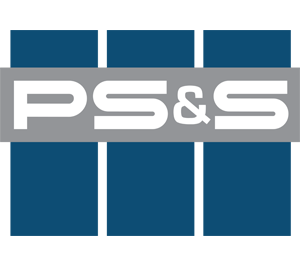WEST DEPTFORD SCHOOL DISTRICT - CAFETERIA EVALUATION
LOCATION: WEST DEPTFORD, NJ
CLIENT: SCHNEIDER ELECTRIC
MARKET SECTOR: EDUCATION
SIZE: 15,700 sf




Schneider Electric contracted with PS&S to perform concept design services for the Alterations to the Cafetorium located at the Green-Fields Elementary School in the West Deptford School District (WDSD), Gloucester County, NJ. The glazed curtain wall system (wall and roof) was in a state of disrepair and required replacement to meet the needs of WDSD. The glazed curtain wall system (wall and roof) was designed and installed in the late 1990s.
The Opportunity
PS&S was asked to assess the existing conditions of the Cafetorium (Interior and Exterior) and provide multiple design options to repair, replace or expand the Cafetorium, so it is more functional for the use and needs of WDSD. Flexibility, ease of maintenance, and reduction of sun glare into neighboring properties were all priorities to be considered in the proposed design options.
The Challenge
Assess the conditions thru photographs, digital mapping, and a restricted field visit during the COVID-19 Pandemic. Develop solutions that would be simple to implement, cost-effective, and could be completed within the requested schedule constraints.
The PS&S Solution
Based on a field visit, various items were observed: From the exterior, an aluminum-framed glazing system forms the wall and sloped roof of the Cafetorium. The Cafetorium is on the East elevation of the building and is exposed to morning and late day direct sun with exposure throughout the day (AM/PM). A surface-applied film was placed on the exterior surface of the glazing panel to prevent sun glare into the neighboring residential properties. Sun glare is still a problem as the path of the sun moves across the building face and the curved surface of the glazing assembly. The wall height rises to approximately an 8’ height and curves into a sloped assembly at an approximate pitch of 6/12. Glazing seals are comprised on the glazing panels. From the interior, shading devices exist and ride in a track built into the framing system. The framing members appear to be wrapped with stained wood veneer. Signs of moisture infiltration and damage from condensation exist on the wood veneer and framing system. Pendant lights and exposed ductwork exist in the space and are supported by the sloped framing system. The Cafetorium is fed by interior mechanical air handling units that exist in adjacent rooms. All the equipment appears to be original and has met their design life expectancy.
A summary of findings was outlined for Schneider, and based on this information, a determination was made to suggest multiple design options to replace and expand the Cafetorium space. Concept plans, cost estimate, and suggested schedule were developed for five design options.
